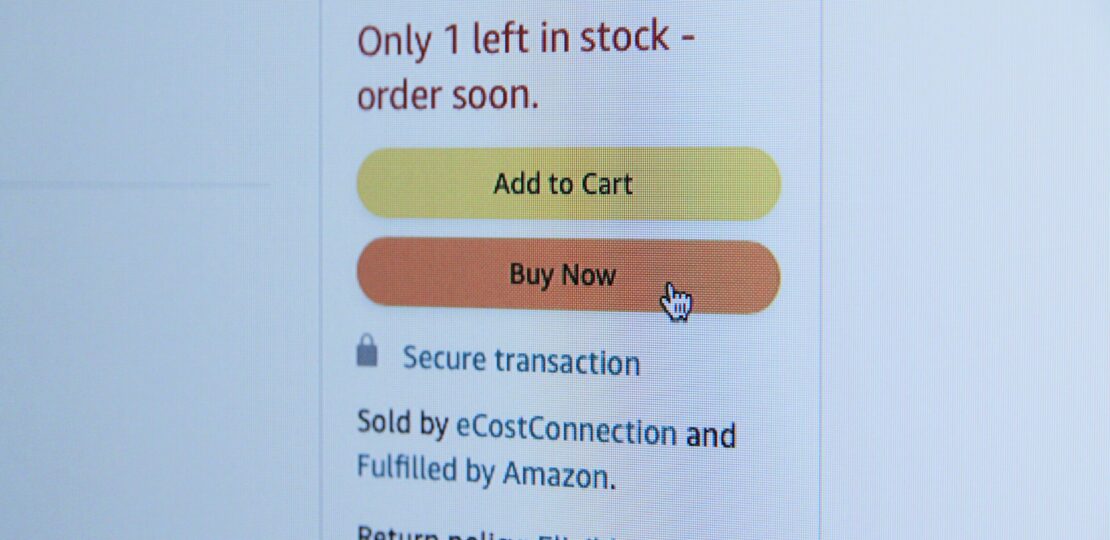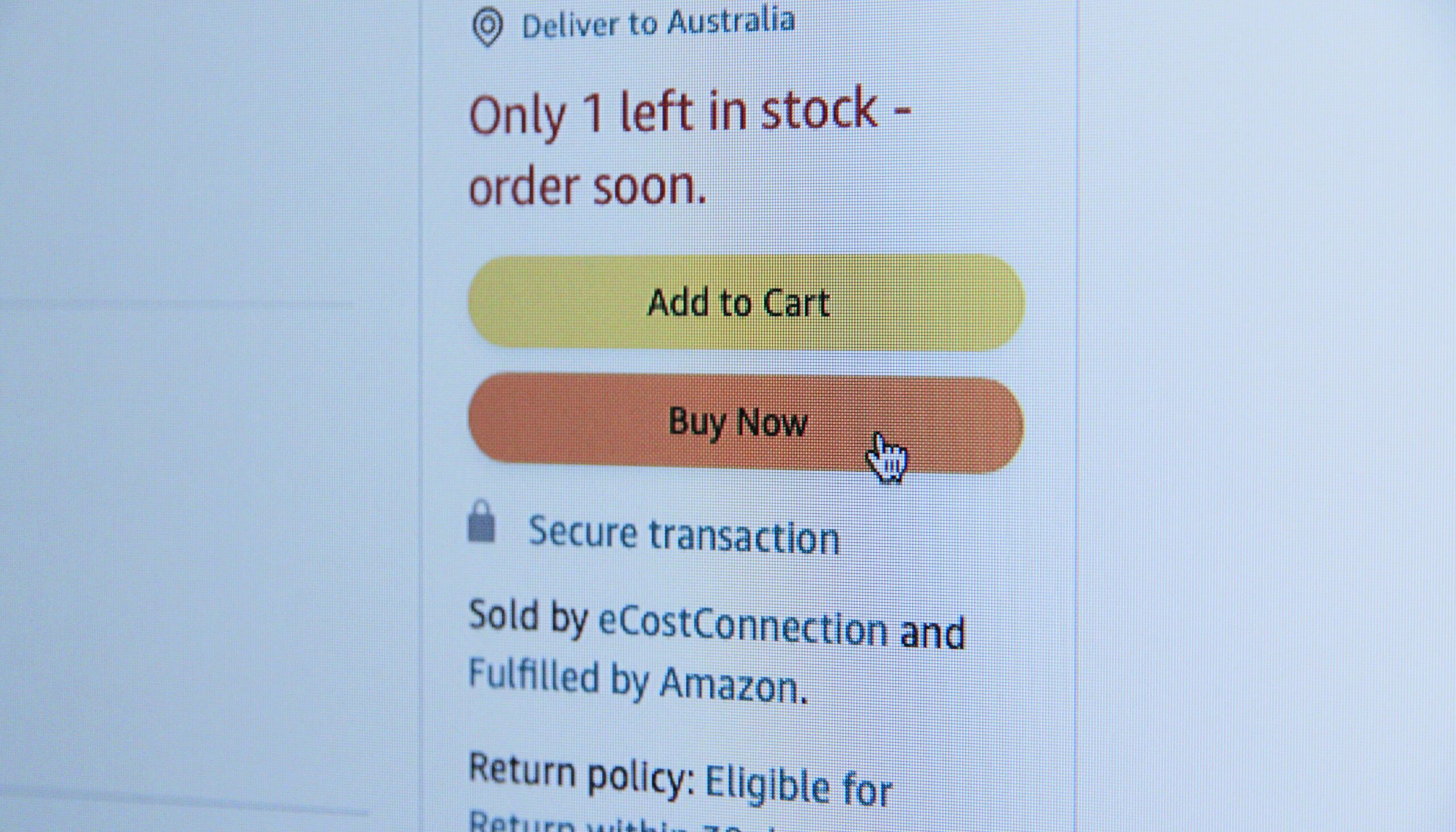Maximizing Conversions with Frictionless Checkout Processes
October 12, 2025 | by qqvmedia.com


Understanding the Importance of a Frictionless Checkout
In the competitive landscape of eCommerce, a frictionless checkout process has emerged as a critical factor for driving conversions and enhancing customer satisfaction. Research indicates that a complicated or lengthy checkout can significantly contribute to high cart abandonment rates, which can ultimately hinder overall sales performance. According to recent studies, nearly 70% of online shoppers abandon their carts, primarily due to cumbersome or time-consuming checkout processes. This alarming statistic underscores the necessity for online retailers to streamline their checkout experiences.
A seamless checkout experience not only facilitates smoother transactions but also fosters customer trust and loyalty. When customers encounter hurdles, such as excessive form fields, unexpected costs, or unclear navigation during the checkout process, they may feel frustrated and abandon their purchases altogether. Conversely, a frictionless checkout simplifies these steps by reducing the time required to complete a purchase, thereby enhancing the likelihood of conversion. By integrating features such as guest checkout options, one-click payments, and auto-filled information, online businesses can effectively minimize customer friction during this crucial stage.
Moreover, studies suggest that businesses offering an intuitive checkout process report higher customer satisfaction rates. A fluid checkout experience often leads to repeat purchases, as satisfied customers are more likely to return for future transactions. Additionally, a streamlined process can yield positive word-of-mouth referrals, further extending the business’s reach. Therefore, investing in a frictionless checkout process is not merely a convenience but a strategic business decision that has far-reaching implications for conversion rates and customer retention.
Overall, recognizing the significance of a seamless checkout process is paramount for any online business aspiring to maximize conversions and maintain a competitive edge in the ever-evolving eCommerce market.
Key Strategies for Simplifying the Checkout Experience
In the realm of e-commerce, a streamlined checkout process is crucial for maximizing conversions. One highly effective strategy is implementing one-click payment options. This approach minimizes the number of steps a customer must take to complete a purchase, thereby reducing the likelihood of cart abandonment. By enabling customers to save their payment information, businesses can significantly enhance the user experience, allowing for a quick transaction. However, it is essential to ensure robust security measures are in place to protect sensitive financial data, as customers are increasingly concerned about online security.
Another vital strategy is allowing guest checkout features. Many potential buyers are deterred from completing transactions if they are required to create an account. By offering the option to check out as a guest, companies can accommodate users who may prefer a quicker, hassle-free experience. This approach may lead to higher conversion rates, as customers are more likely to complete their purchases without the added friction of account registration. Nonetheless, businesses should still encourage account creation post-purchase by clearly communicating the benefits, such as order tracking and faster future checkouts.
Additionally, displaying clear pricing information upfront plays a significant role in simplifying the checkout process. Transparency regarding shipping costs, taxes, and any potential fees can reduce confusion and help manage customer expectations. This practice not only builds trust but also reduces the chances of customers abandoning their carts upon seeing unexpected costs later in the checkout process. To implement this effectively, businesses can highlight total pricing as early as possible, clearly outlining all relevant charges before finalizing the transaction.
By focusing on these key strategies—one-click payments, guest checkout, and transparent pricing—businesses can create a frictionless checkout experience that encourages purchases, fosters customer satisfaction, and ultimately leads to improved sales performance.
Optimizing the Checkout Process for Mobile Users
The growing prevalence of mobile shopping necessitates a focused effort on optimizing the checkout experience for smartphone users. With statistics indicating that over 50% of e-commerce transactions are initiated on mobile devices, it is imperative for businesses to adopt mobile-friendly designs that enhance user experience and drive conversions.
One key approach to improving the checkout process is implementing streamlined forms that are easy to fill out on a mobile interface. This can be achieved by minimizing the number of fields required, using auto-fill options for returning customers, and leveraging input types that are compatible with mobile devices, such as date pickers and number pads. A reduction in form completion time directly correlates with lower cart abandonment rates, thus significantly impacting overall conversion rates.
Touch-friendly buttons also play a critical role in optimizing mobile checkout. Ensuring that buttons are adequately sized and spaced helps prevent user frustration that can arise from misclicks. Providing clear, actionable labels such as “Continue to Payment” rather than generic buttons can facilitate a smoother navigation experience for users. Additionally, a minimalistic layout prioritizes essential information, thereby allowing users to easily navigate through the checkout process without unnecessary distractions.
Responsive design should be a fundamental feature of any mobile-friendly checkout strategy. This involves designing a website layout that adapts seamlessly to various screen sizes, ensuring that all elements remain easily accessible and visually appealing across devices. With responsive design, businesses can maintain consistency in branding and functionality, which is critical in establishing trust with mobile shoppers.
Incorporating these best practices can significantly enhance the checkout experience on mobile devices, catering to the increasing number of shopping attempts made via smartphones, and ultimately leading to improved conversion rates. By prioritizing mobile optimization, retailers can stay competitive in an ever-evolving e-commerce landscape.
Recovering Hesitant Shoppers: Exit-Intent Strategies
The checkout process can often become a hurdle for many online shoppers, leading to abandoned carts and lost sales. To tackle this issue, businesses are increasingly adopting exit-intent strategies designed to engage hesitant customers moments before they leave a site. One effective method involves the use of exit-intent pop-ups, which detect user behavior and trigger a message when a shopper is about to navigate away from the checkout page. These pop-ups can offer incentives such as free shipping, limited-time discounts, or exclusive promotional codes, thus encouraging shoppers to reconsider their decision to abandon the purchase.
Exit-intent pop-ups serve as an opportunity to address customer concerns by providing timely information or offers, which can make the difference between a completed sale and a lost customer. By integrating these targeted offers at critical moments, retailers can enhance the shopper’s experience and influence their buying decisions positively. Moreover, utilizing exit-intent technology allows businesses to collect insights on consumer behavior, helping to tailor offers more effectively in the future.
A/B testing different pop-up offers is a crucial step in assessing the effectiveness of these strategies. By varying the content, design, and timing of the exit-intent pop-ups, businesses can analyze which combinations yield the highest conversion rates. This not only improves customer engagement but also enables retailers to identify the specific incentives that resonate most with their audience. Continuous refinement of these approaches, based on data-driven insights, can lead to improved strategies that successfully convert hesitant shoppers into paying customers.
Incorporating exit-intent strategies into the checkout process, therefore, not only helps recover potential sales but also contributes to an overall frictionless shopping experience. Adopting these practices can significantly maximize conversion rates while providing valuable consumer insights for ongoing optimization efforts.